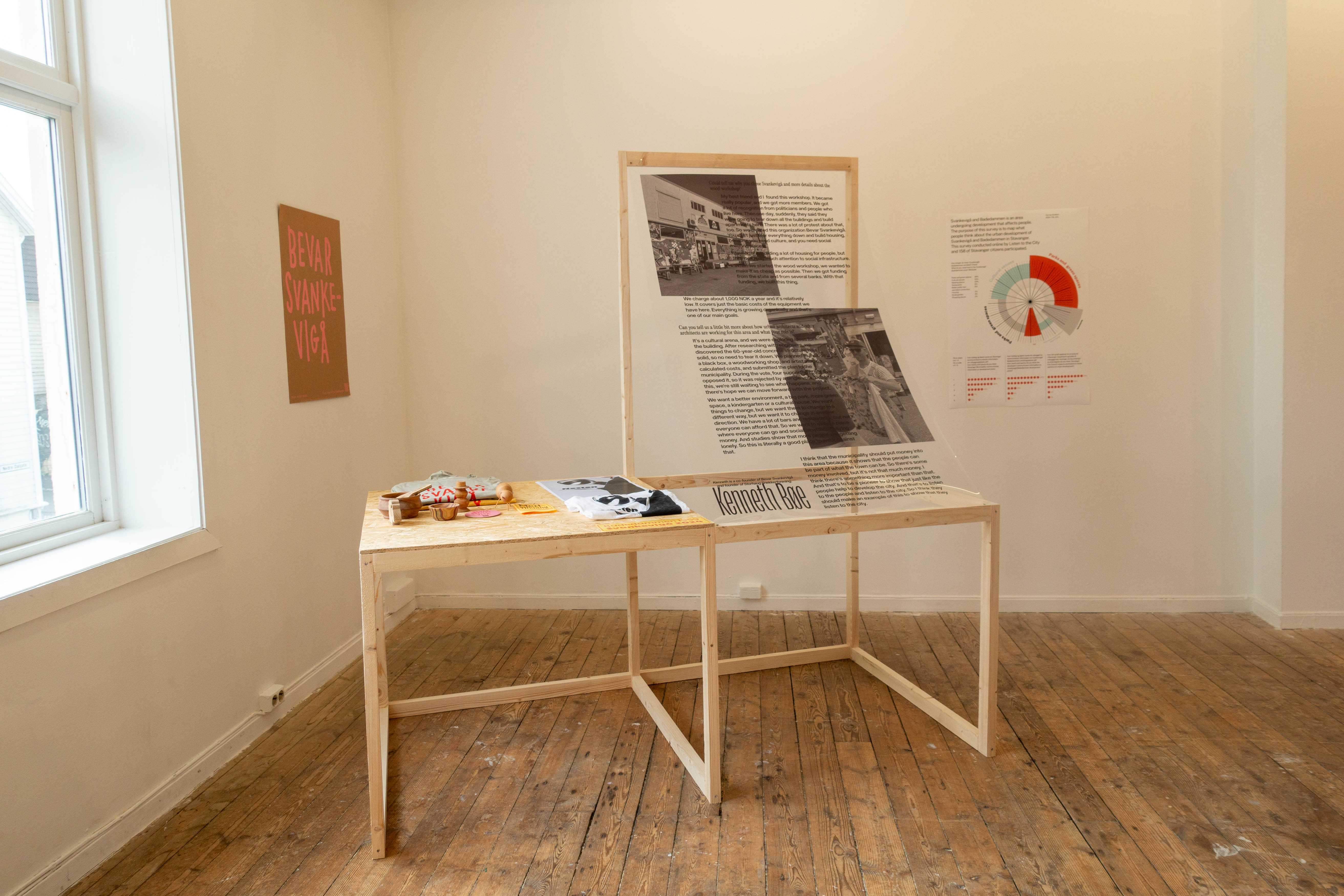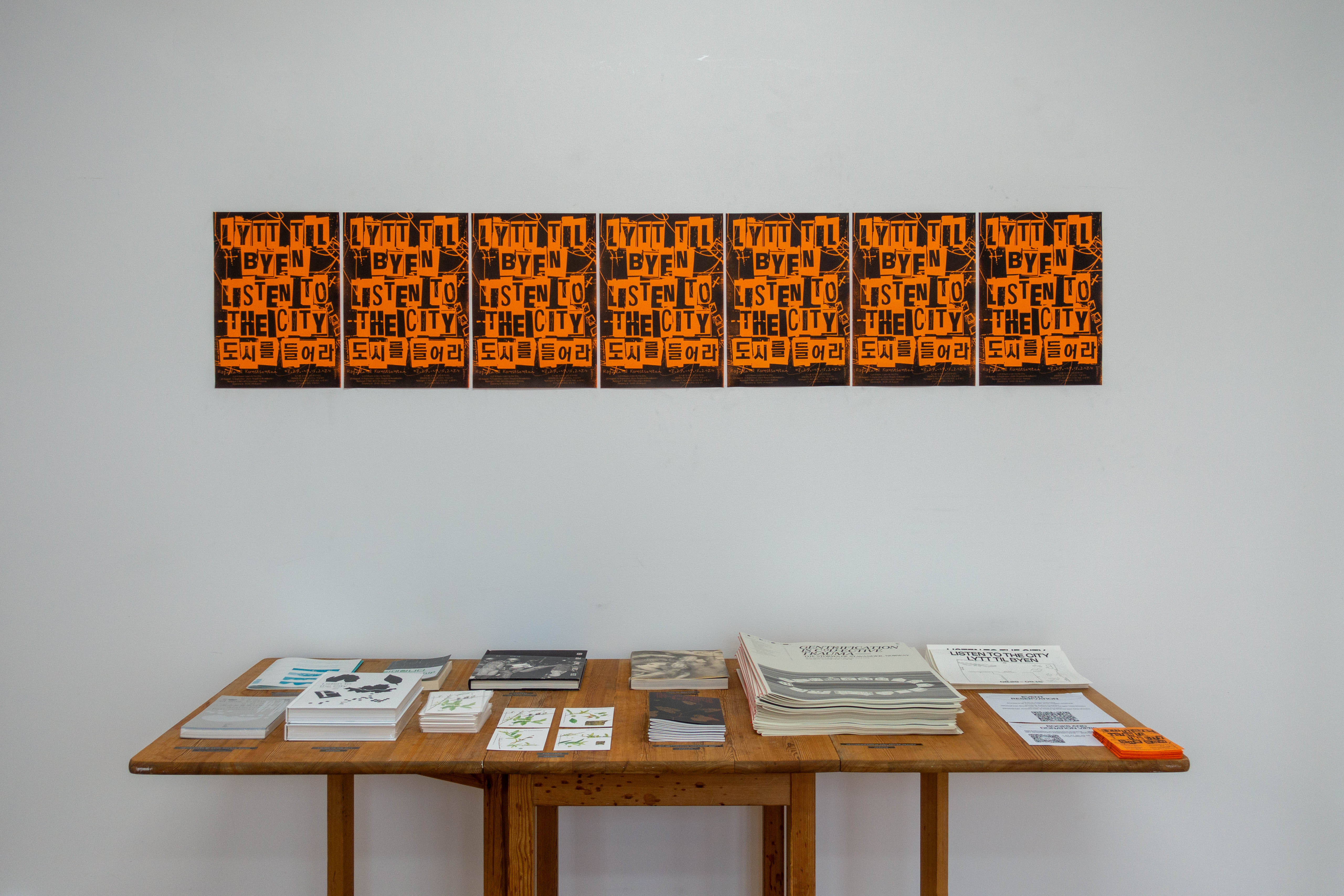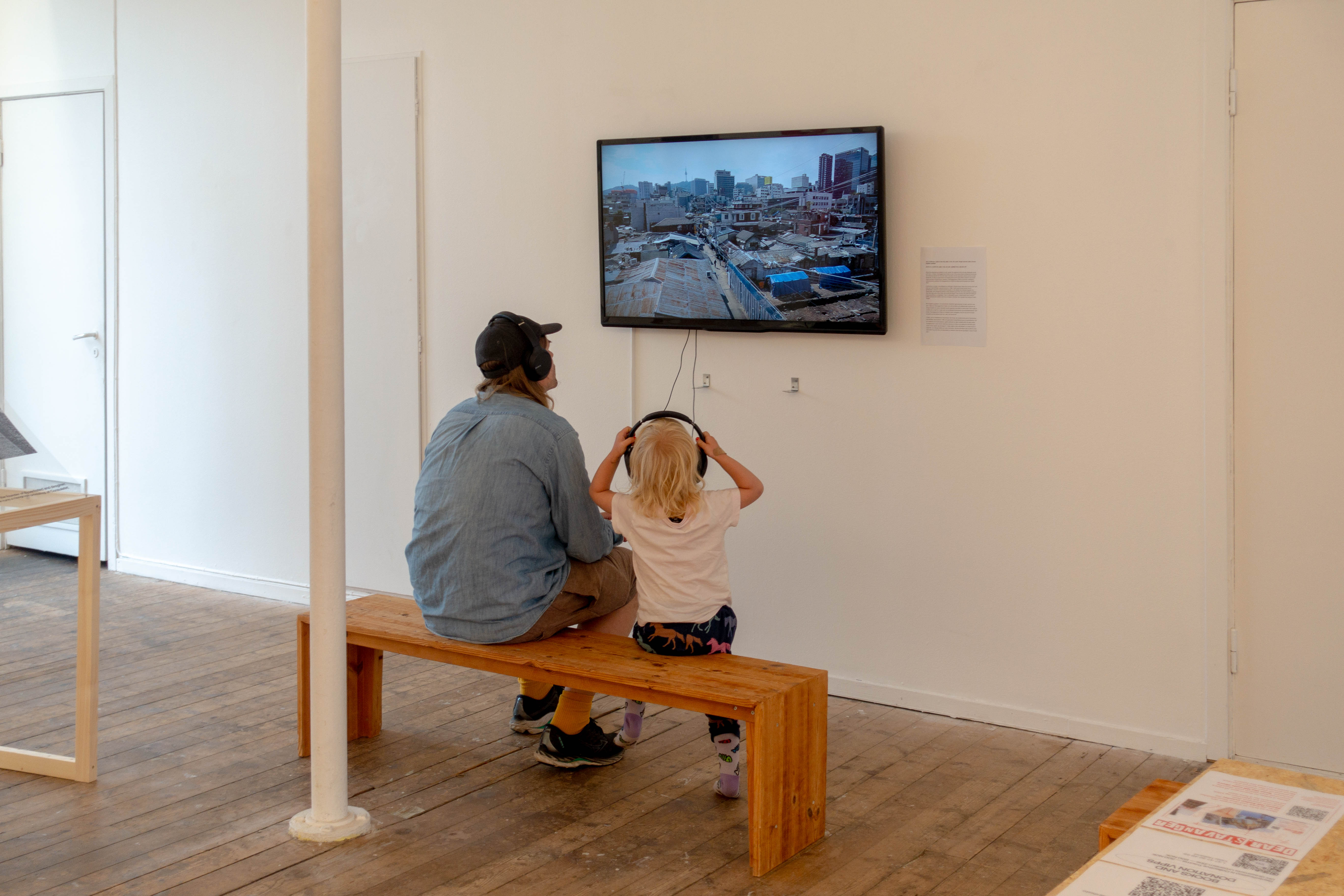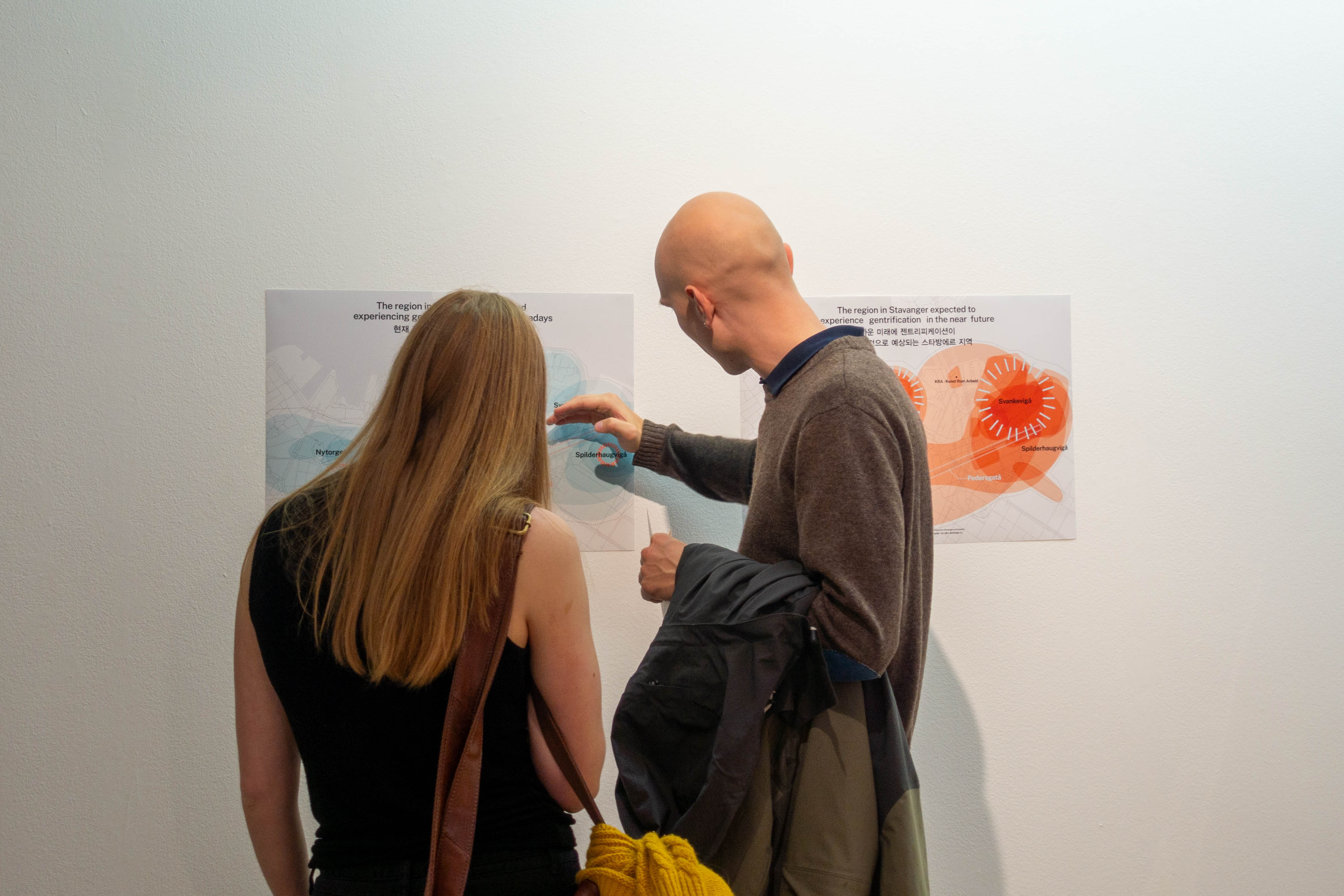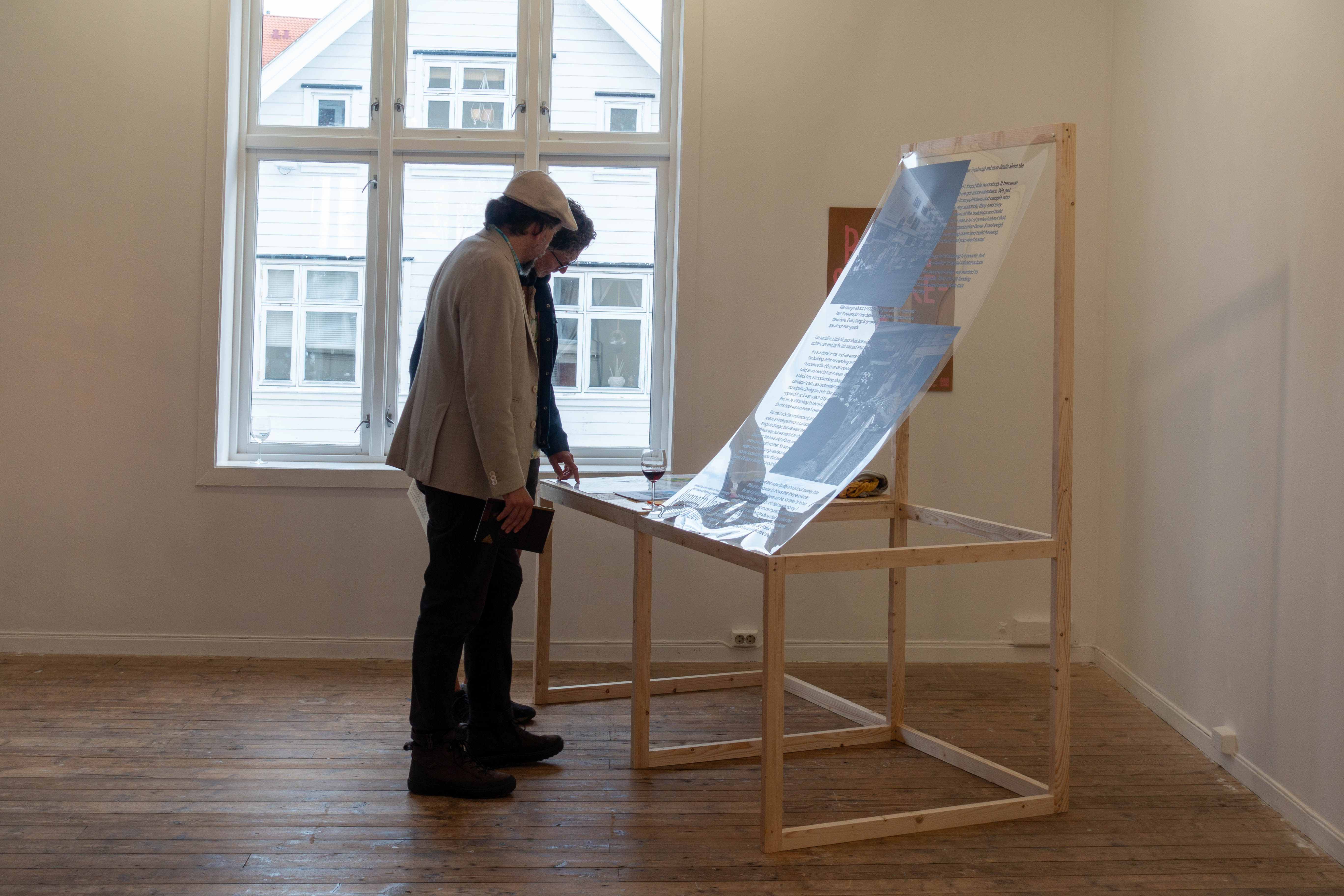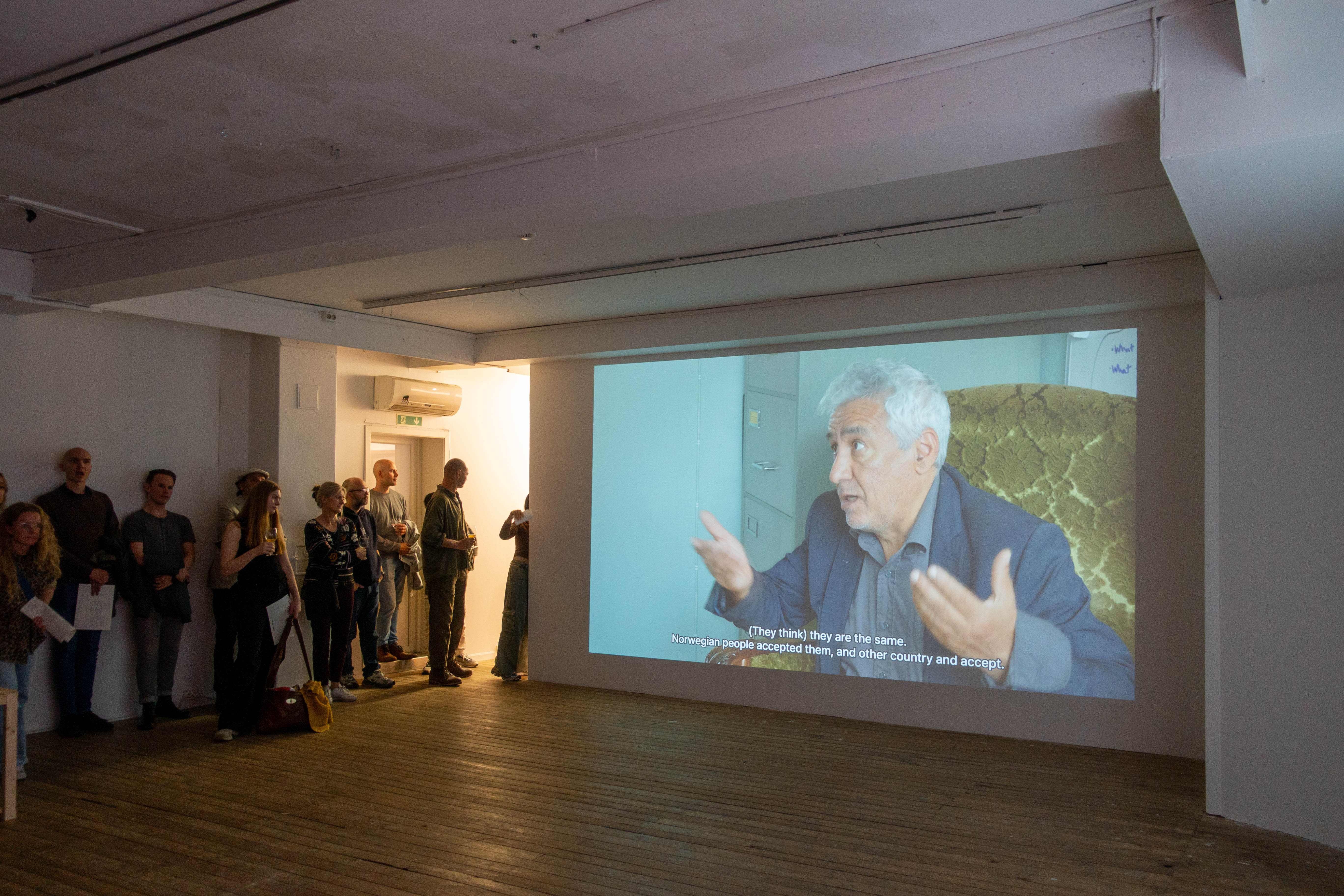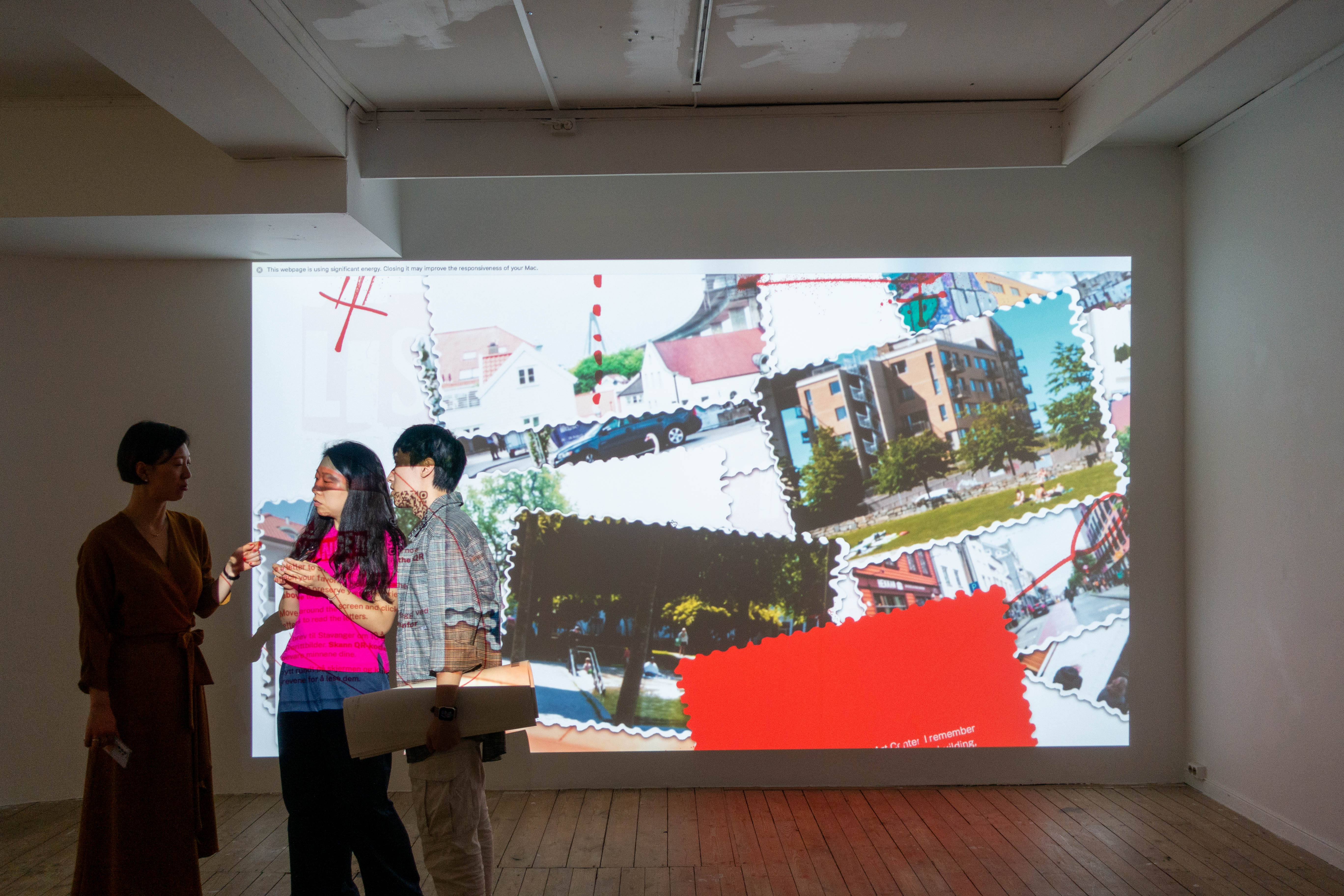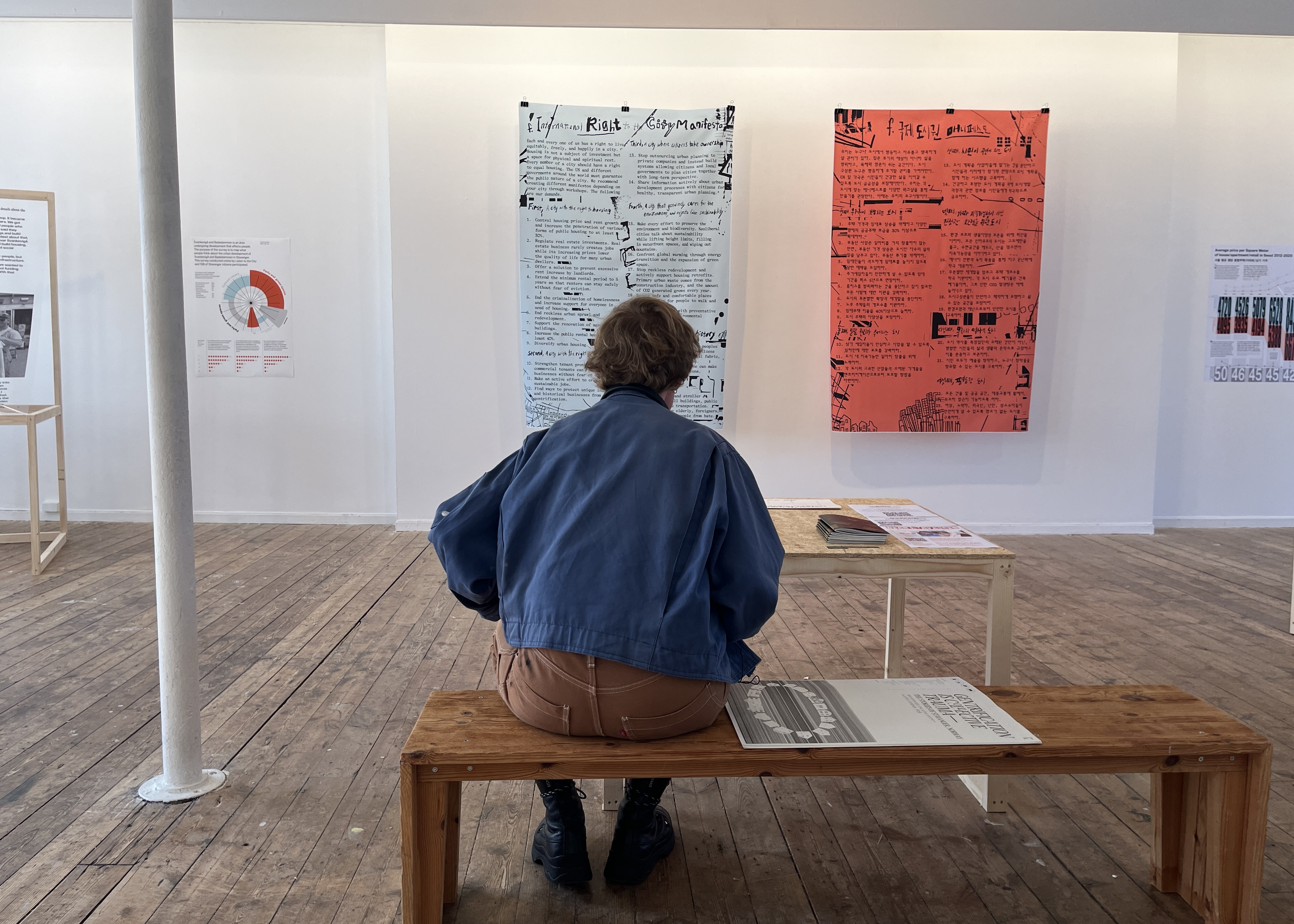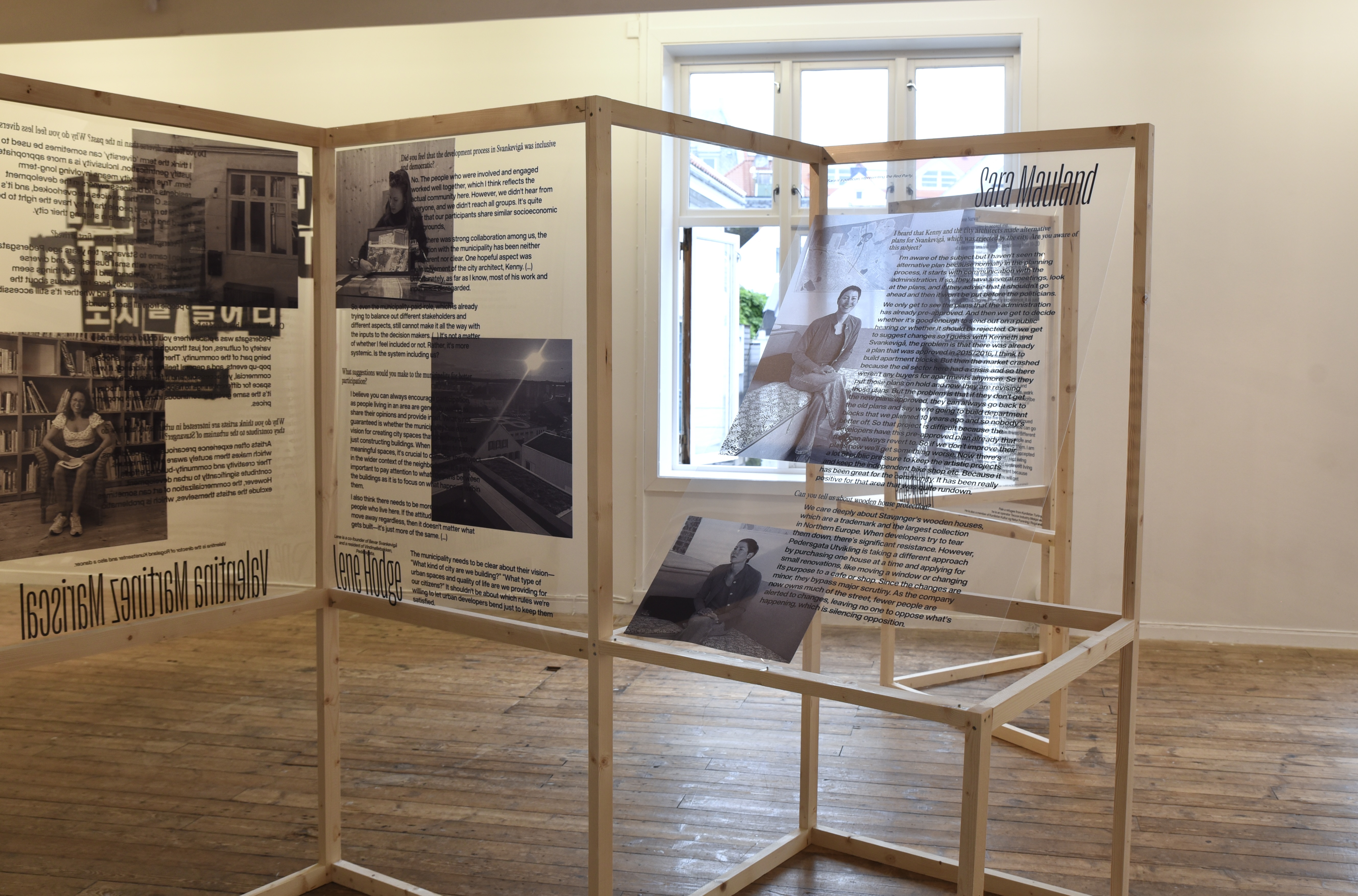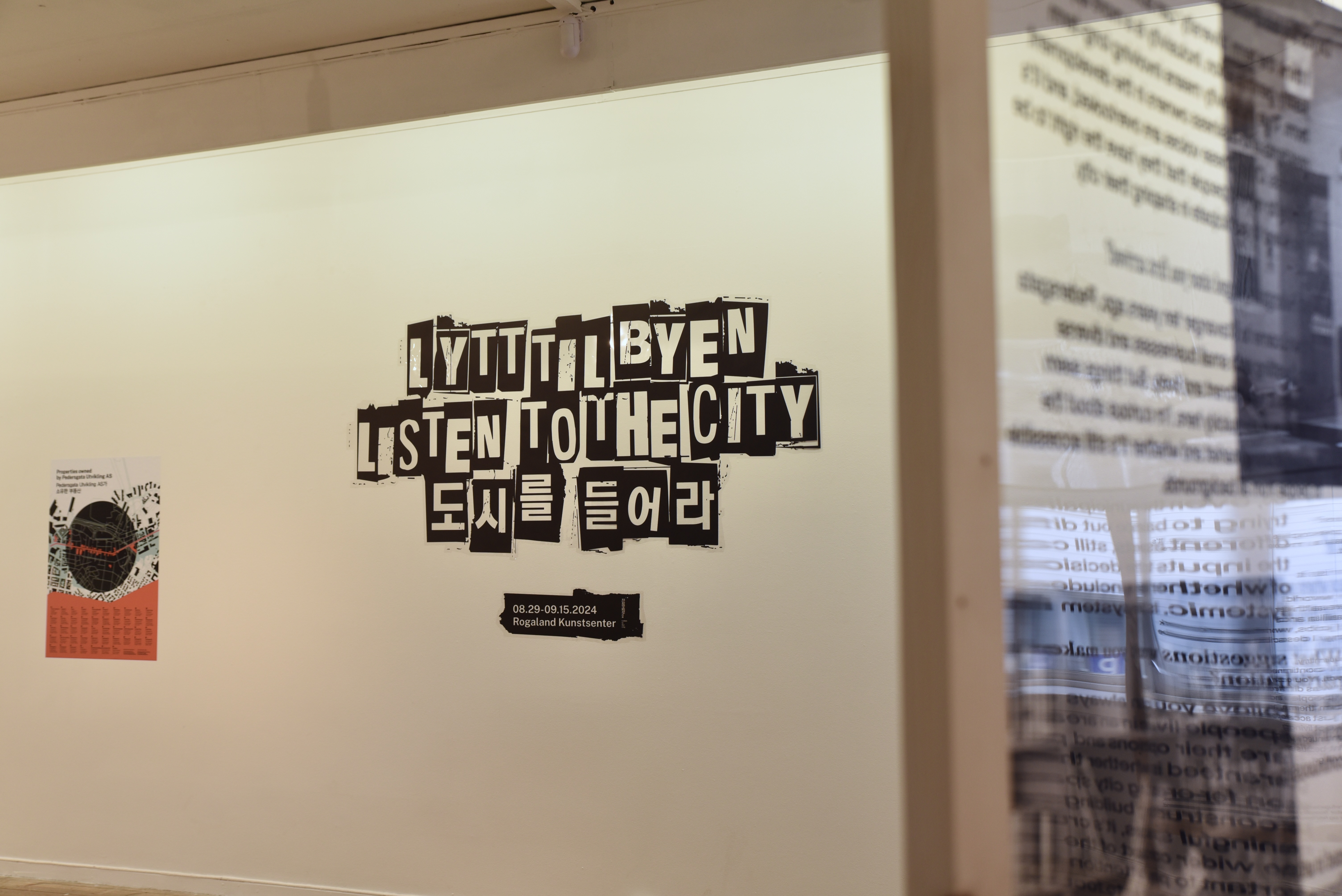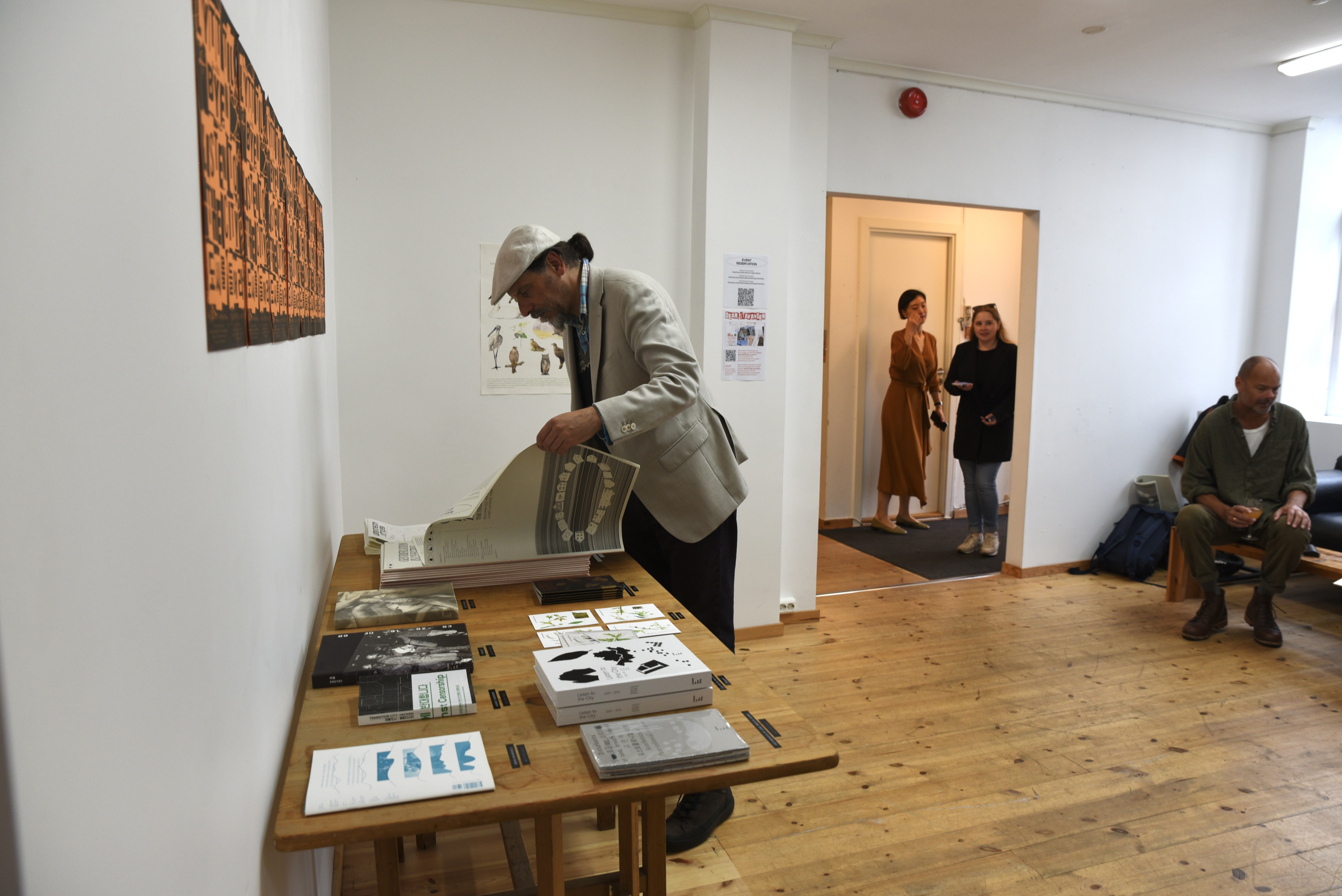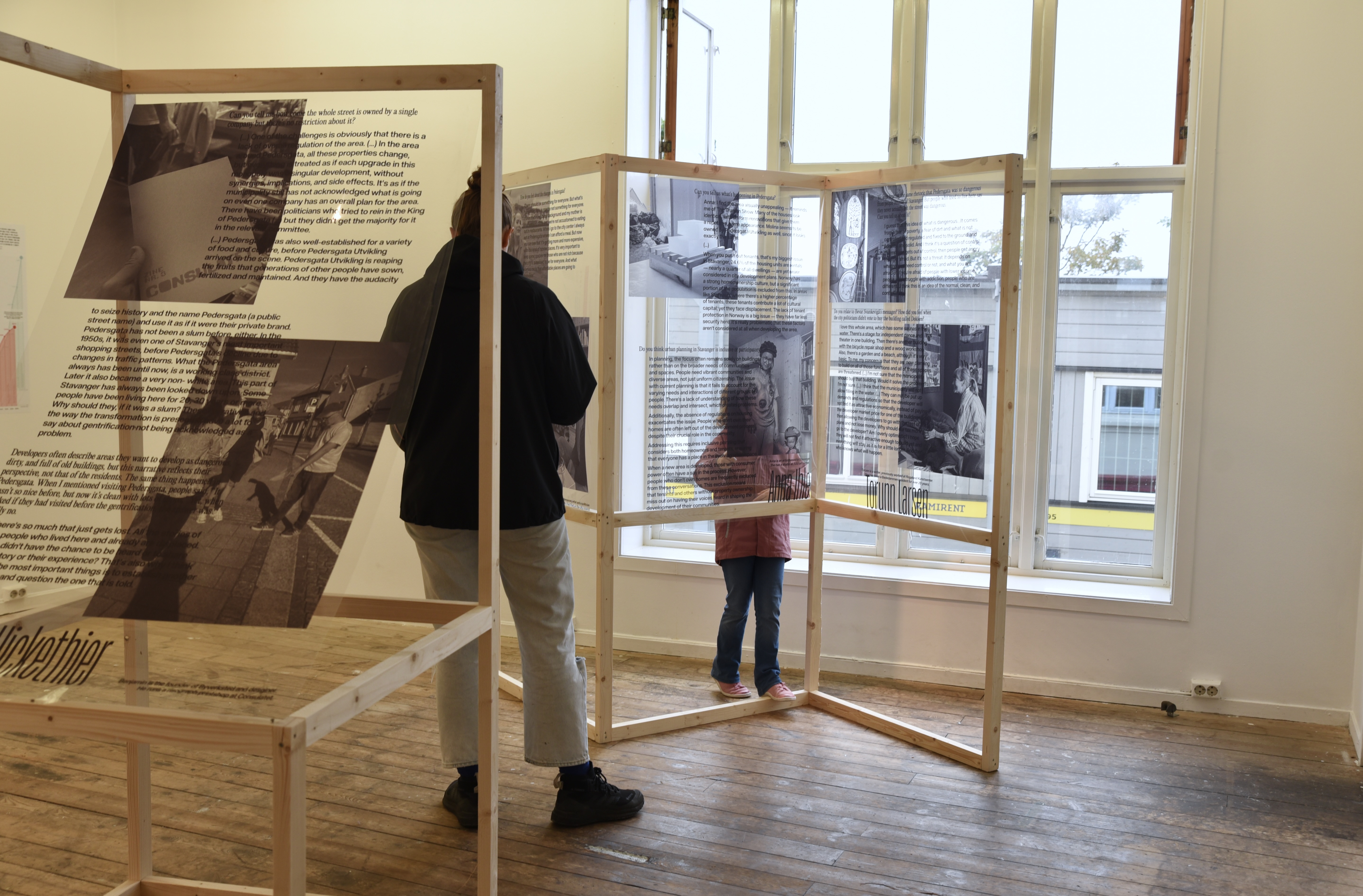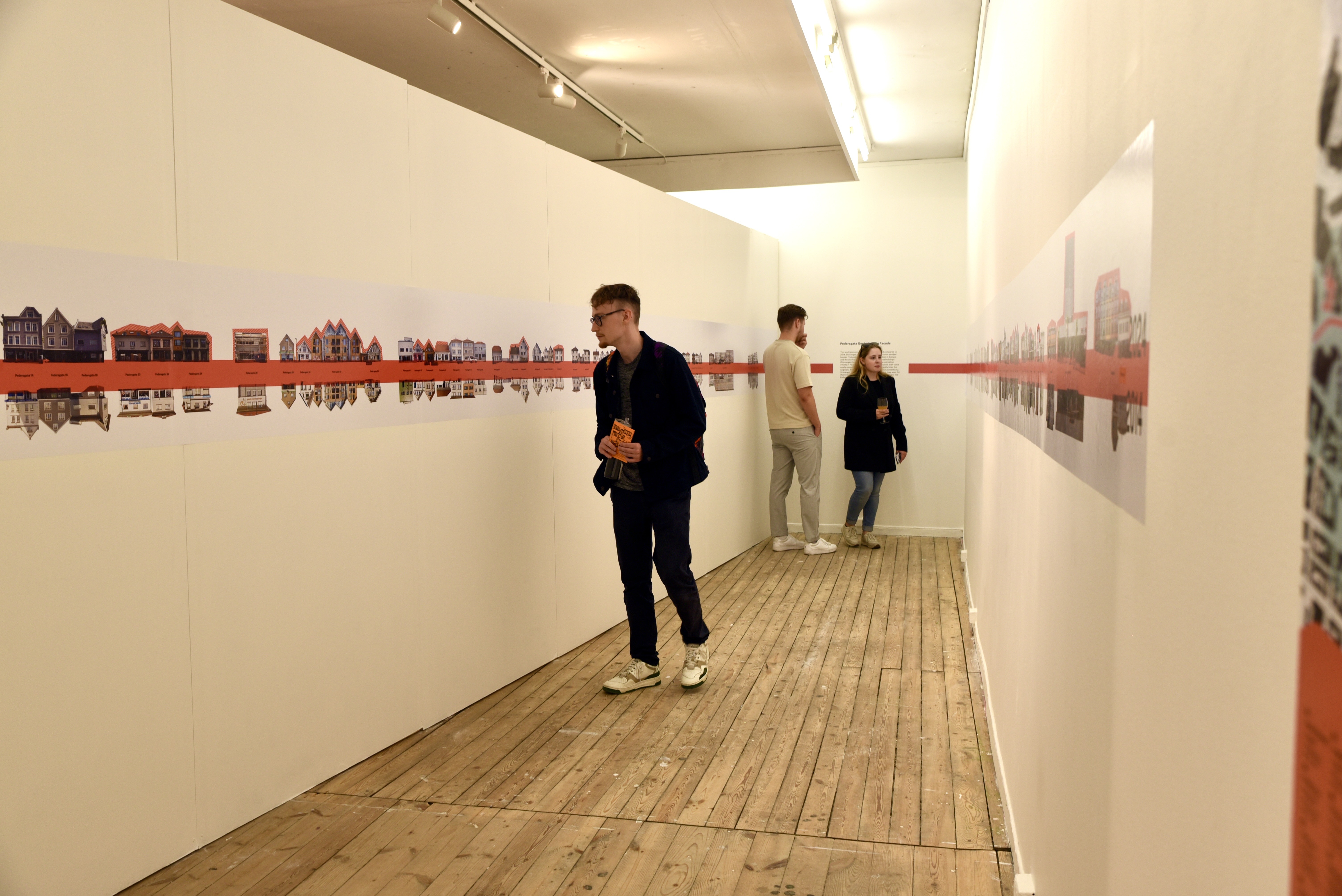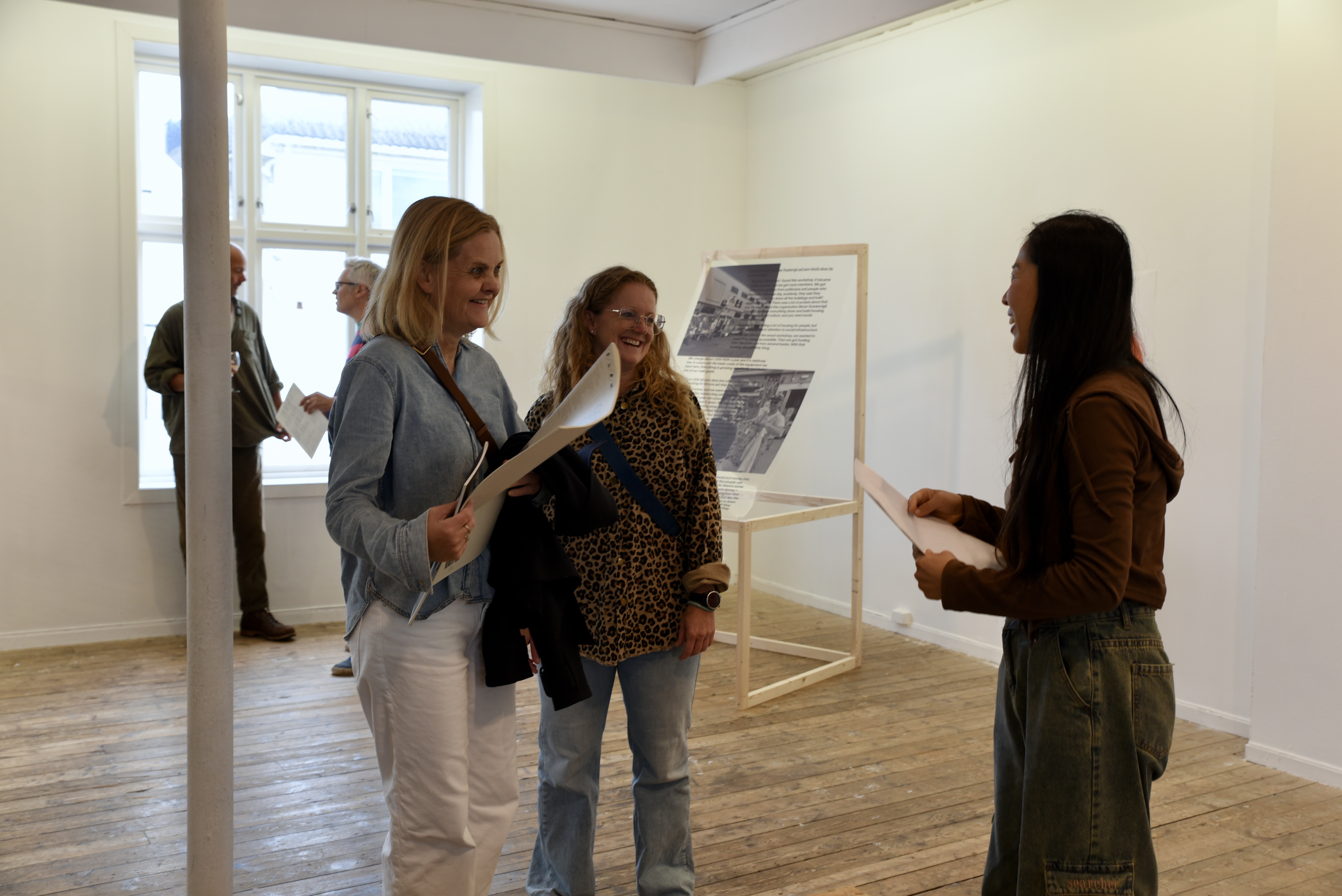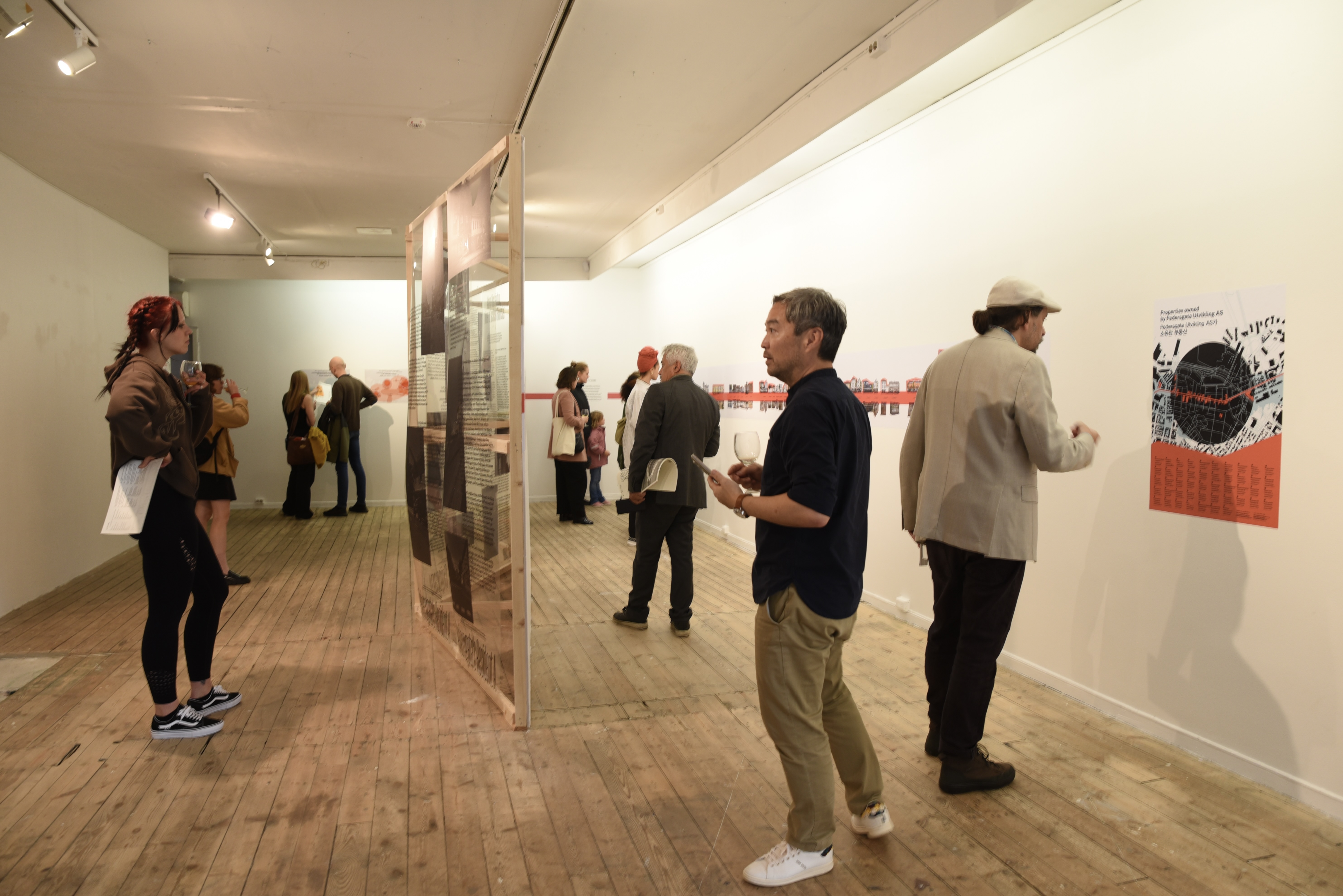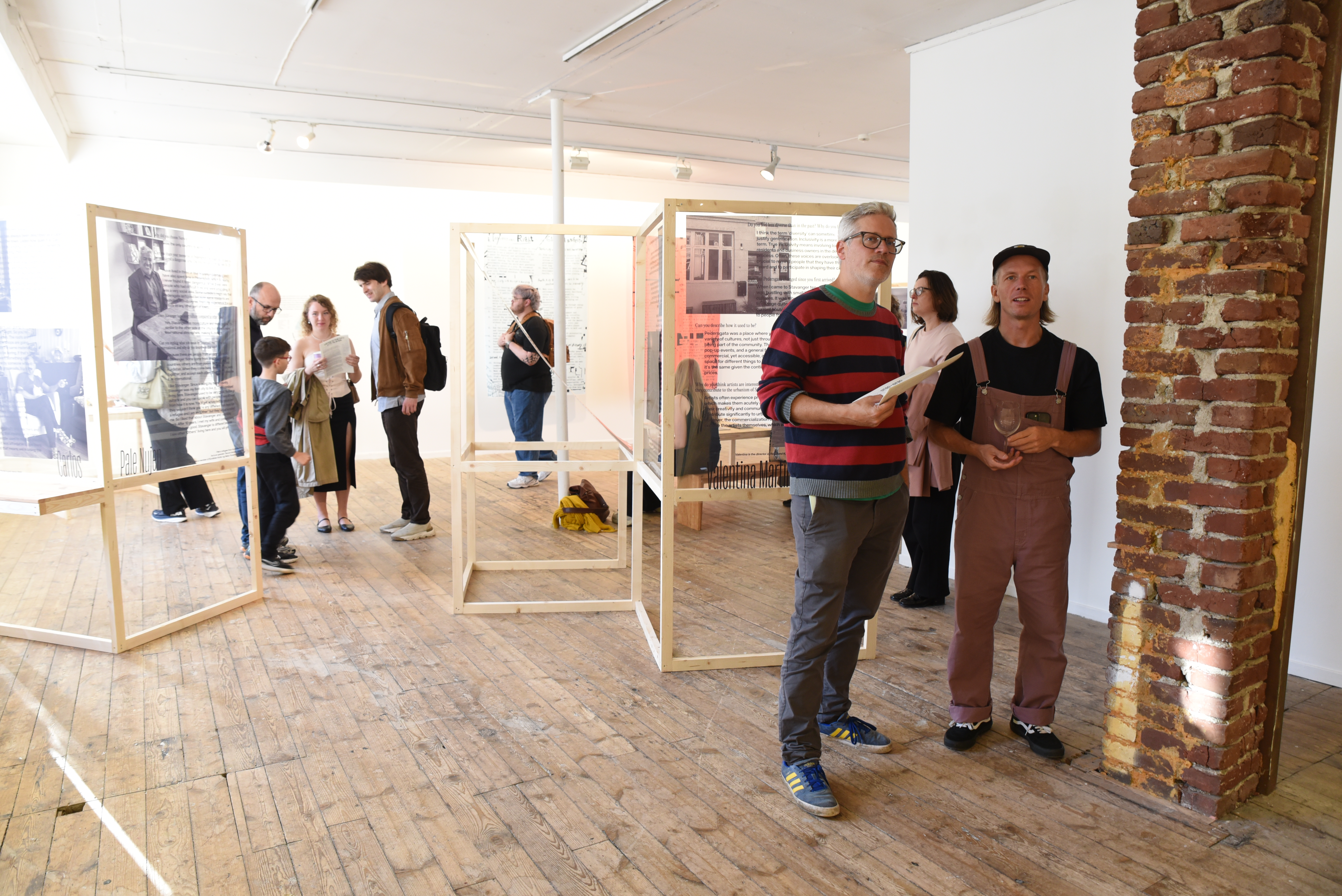Listen to the City
Rogaland Kunstsenter
29 August-15 September, 2024.
Rogaland Kunstsenter.
Nytorget 17 NO-4013
Stavanger, Norway.
What can culture do in the face of the disappearance of urban identity under neoliberalism, and what have artists done to reclaim the commons? This interdisciplinary project questions the role of imagination and data science in defending urban identity and public space.
Some scholars and the media perceive artists and cultural institutions as the double-edged sword of urban publicness. Artists are divided into two categories: those who expand the commons, or common space, and those who destroy it. However, in reality, there is no such dichotomy.
First, artists who expand the commons are characterized by the belief that art creates value other than commodity value, and they creatively strive to acquire the city's public space.
On the other hand, some academics and the media often view artists as an independent variable that simply increases property values in a city. This logic ignores the many layers of artists and simplifies all the different contexts in which gentrification occurs. Sharon Zukin stigmatizes artists as gentrifiers. Some scholars have argued that artists operate studios or galleries in affordable housing or commercial areas, driving up prices, but is this a scientific analysis? This speculation has circulated like a myth, and urban sociologists and the media have treated artists and cultural facilities as toxins that cause gentrification, regardless of the context and conditions of the city.
However, if we look at the example of Seoul, it is difficult to say that the mere presence of artists or a small artistic space or two has led to a sharp increase in local real estate prices. Other factors drive up land prices, such as lower interest rates and city policies, but the most decisive is the increase in the number of buyers. The reason for the increase in the number of buyers in an area is the increase in the value of the investment, which leads to a higher return through market price appreciation or rent. The most decisive factor in increasing investment value is a combination of factors such as better transportation, infrastructure, cultural facilities, and retail, not just artists and their spaces. Another problem is that the performativity of art is so diverse that it is difficult to see it as a single, homogenous art. The moment we recognize artists as the same entity, we are limited in our understanding of the dynamics of art and cities.
The art of reclaiming the commons
The commons is a concept that has been emphasized by autonomists such as Michael Hart and geographer David Harvey. Just as common resources such as land, sky, air, and water belong to everyone but cannot be privately owned by anyone, they view knowledge as the commons (Harvey, 2011). This is because knowledge is not something that can be privately owned. Italian cultural scholars Santagata et al. define the cultural commons as culture in time, space, and the physical and non-physical that is shared and expressed by a socially cohesive community (Santagata et al., 2011), and Lee Kwang-seok interprets the commons in a more specific and political sense, defining it as a kind of civic communal self-governance initiative in which citizens themselves co-produce and manage urban resources in a civil society initiative instead of state or private ownership (Lee Kwang-seok, 2020). In this exhibition and workshop, we define the commons as physical and symbolic assets shared by the community and find ways to give local identity and protect the space.
This exhibition brings together grassroots insurgent urbanism and feminist urbanism to question neoliberal governance with questions of commonality and minority rights. Through archival and video footage of Listen to the City's urban planning activities and civic engagement workshops, the group reimagines the city's cultural assets, constantly questioning what it means to be local and the communities we seek to protect. Their practices are deeply transforming the cultural landscape, which is being flattened by real estate and an increasingly high-tech art market.
The problem of the city today is a loss of identity, public space, and class polarization. Saskia Sassen defined the cosmopolitan as a place where multinational corporations can set up and operate branches, and the cosmopolitan theory is still valid today. In 2024, a handful of multinational corporations are increasingly dominating cities, and neoliberal governments that advocate real estate development seek to solve all of a city's problems by providing new buildings, ignoring the city's history and cultural diversity. If colonial cities were created by imperialist powers, postcolonial cities are cities of speculation and consumption, created by multinational corporations, banks, and construction companies, where history and diversity have been erased. These problems are common to all cities under the influence of capitalism, not just Seoul. How we can redefine the values of Svankevigå is the purpose of this project.
International Right to the City Aliance
- Listen to the CitySeoul, South Korea
- Nora (Feminist homeless movement)Tokyo, Japan
- The Centre for Land AffairsHong Kong
- Okbaraji Missionary CenterSeoul, South Korea
- Collective AmajisoMexico City, Mexico
- Rogaland KunstsenterStavanger, Norway
- FolkegataStavanger, Norway
- ByverkstedStavanger, Norway
